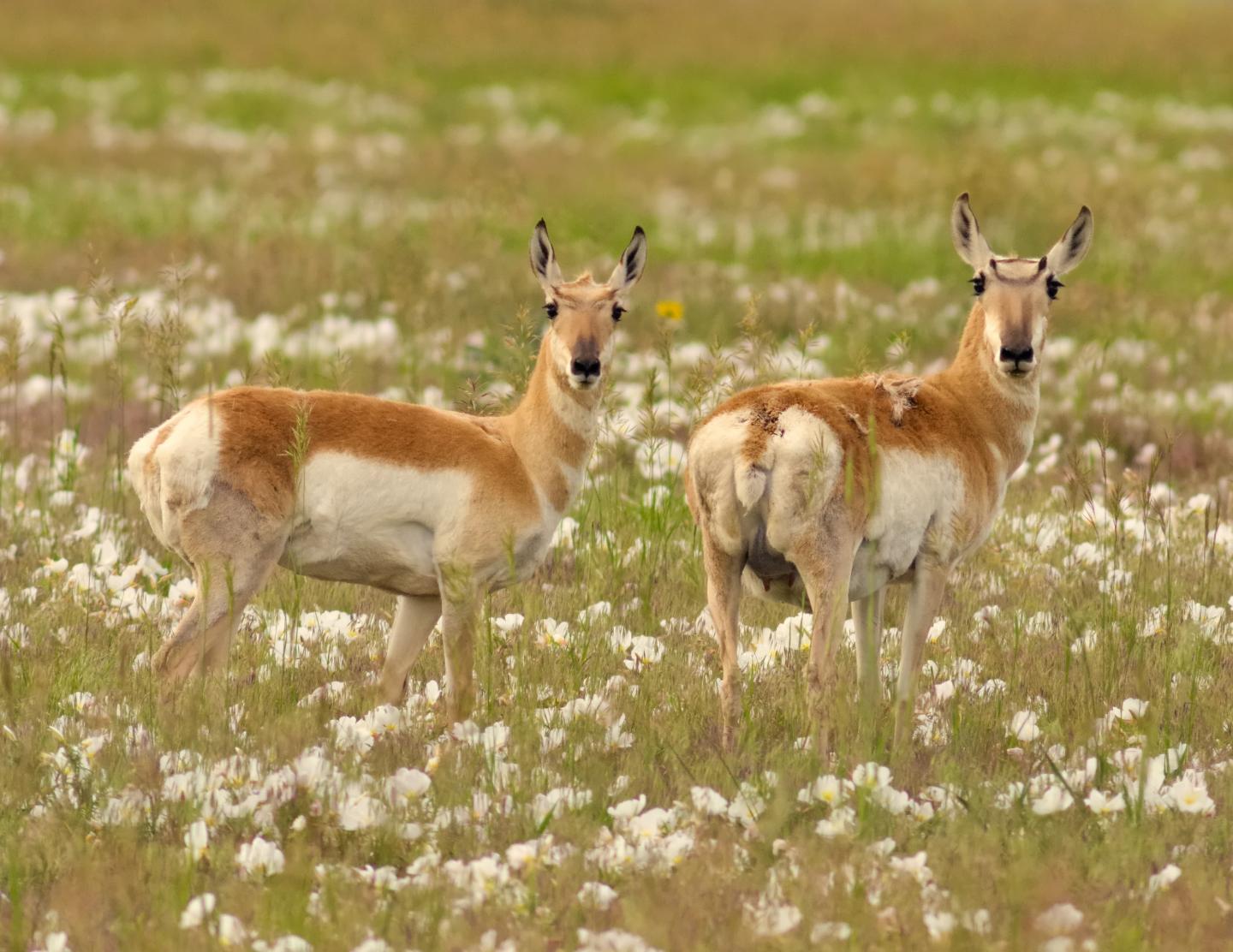
Credit: Photo: Michael Menefee
Colorado is famous for its iconic landscapes, which have helped shape the state's identity and economy. From agriculture to recreation and tourism, from minerals and fuels to forest and wildlife, Coloradans are dependent on nature for many things that enrich our lives.
Not surprisingly, state officials have repeatedly identified conservation of the state's natural and agricultural lands as sound public policy. This includes providing incentives for conservation easements. These are legally binding agreements between private landowners and nonprofit land trusts or government to protect conservation values of a property.
A new analysis from Colorado State University found that each dollar invested by the state for these easements produced benefits of between $4 and $12 for Coloradans. Public benefits include clean water and air, scenic views, access to things produced by local farms and ranches products, and wildlife habitat: all things that contribute to a high quality of life in the state. Researchers said these data show that easements are conserving land that is important for wildlife, agriculture, tourism and outdoor recreation for Colorado's visitors and residents alike.
"There is a substantial return to the Colorado taxpayer on investments in programs designed to conserve the features of the Colorado landscape that are so dear to all of us," said Andrew Seidl, one of the study authors and a professor in the Department of Agricultural and Resource Economics at CSU.
Based on the new analysis, the CSU research team found the investments from the state programs conserve:
- More than 114,450 acres of preliminary priority habitat for greater sage grouse
- Nearly 300,000 acres of prime farmland
- 250 miles along designated scenic byways
- More than 4,100 miles of streams, creeks and rivers
- More than 270,000 acres of habitat used by elk during severe winter conditions
The state programs have invested nearly $1.1 billion on conservation easements since 1995, according to the new analysis. CSU researchers — who examined data on 2.1 million acres of Colorado lands with conservation easements — said the related benefits for state residents are as high as $13.7 billion.
The study focused on Colorado's investments in conservation easements funded through a tax credit program and Great Outdoors Colorado. The voter-approved program uses a portion of lottery proceeds to help with efforts to protect wildlife habitat, river corridors, productive agricultural lands, iconic scenic views. It has also created trails and open spaces for Coloradans to enjoy.
Study co-author Michael Menefee, an environmental review coordinator with CSU's Colorado Natural Heritage Program, said the investments are filling a vital need for conservation of identified priorities on private lands. "An active partnership between private landowners and public policy can achieve what neither acting alone can accomplish," he added.
The Colorado Office of the State Auditor released an analysis in December 2016 concluding, among other findings, that it was difficult for the public and policymakers to determine the benefits from the conservation easement program. But this new study used a more robust data set from the Colorado Ownership, Management and Protection (COMaP) database, the state's most comprehensive map of protected lands.
COMaP started as a Geographic Information System research project in CSU's Department of Fish, Wildlife, and Conservation Biology in 2004. Since then, it has evolved into an important tool for those around the state with an interest in privately and publicly protected lands.
"Easements are the primary tool in Colorado for conserving these many benefits while still maintaining land in private ownership – often as working farms and ranches," said Drew Bennett, study co-author and a postdoctoral fellow at CSU.
The study's authors will present their findings July 25 at a hearing of the Colorado General Assembly's Legislative Audit Committee. Committee members will review the programs and consider potential changes.
###
Media Contact
Mary Guiden
[email protected]
970-491-6892
@ColoStateNews
Original Source
http://source.colostate.edu/investments-conservation-easements-reap-benefits-colorado/





